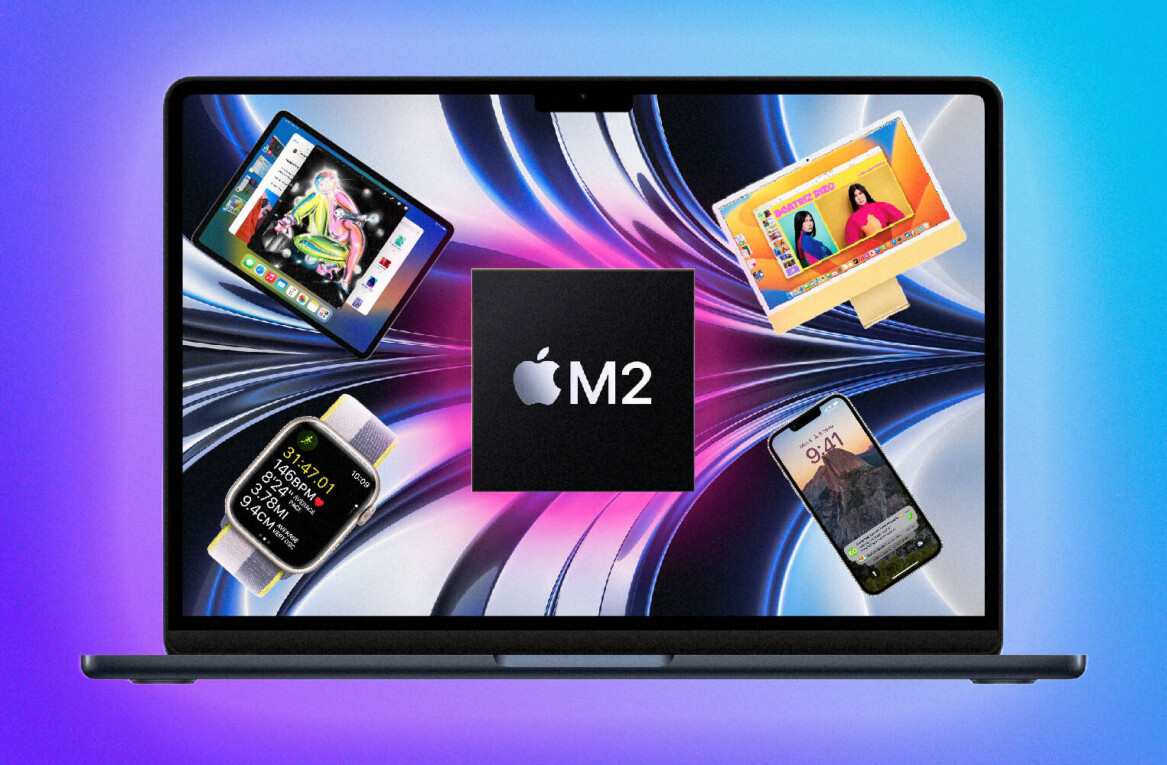
Smartphone photography and videography has come a long way in the past few years, but image stabilization is an area which is still vastly underdeveloped.
All of the iPhone devices have impressive image sensors capable of spitting out high-definition video, but it can quickly look sloppy and amateurish as soon as you start moving around.
Luma is an iOS app built around recording and sharing high quality video. It offers real-time video stabilization as standard, which can be toggled on and off both before and after the video has been captured.
Today, the app has been updated with what its creators describe as “cinematic video stabilization”, offering even smoother shots when capturing video with an iPhone or iPad.

How it works
The camera interface looks very similar to the iPhone’s default camera app, which is great because it feels instantly familiar and not overly complicated. The standard toggle buttons reside in the top corners, allowing the users to turn on the flash or switch to the front facing camera, while the big red button is used to start recording.
By default the new cinematic video stabilization is applied, so as the user you just hit record and start shooting as normal. The settings icon in the bottom right-hand corner will allow you to turn it off though, and can also give a split screen preview so that you can look at the difference before you record.
The difference is instantly noticeable. To try to illustrate this, the first clip below is shot without image stabilization:
The second is the exact same shot, but with the new cinematic video stabilization turned on:
It’s not the most exciting shot, admittedly, but the effect is clear to see. Luma explains that its motion retargeting algorithm can automatically work out what the ideal camera motion should be and adjust the video to match those movements. If you’re an aspiring or professional videographer, that means super smooth video whether you’re after a stationary, panning, dolly or steadicam shot.
Filters, adjustments and social features
Today’s update also includes eight new filters, that can be applied to your footage either before or after you start recording. Unlike many other video or photo-editing apps, they’re not overcooked and actually improve the recording in most situations.
For example, Vignette adds a grainy analog-film look to your footage, while Noir converts everything into a high contrast black and white color scheme. Professional filmers will probably avoid them, but if you’re just starting out or want to spice up a quick video before sending it to YouTube, it’s a nice bonus.

Once the video has been recorded you can look at it instantly by swiping to the right and revealing the app menu on the left-hand side. The Videos selection shows everything that’s been captured directly from within the app, although there’s also the option to import footage from the camera roll.
Tapping a video thumbnail reveals the editor. Here you can toggle the image stabilization on and off, and also apply a number of fixes via some brightness, exposure, contrast and saturation sliders. They’re all very simple to use, but that’s where the functionality ends – if you’re looking for an app to cut and re-edit footage, you’ll need to look elsewhere.
Once you’re ready, the video is then uploaded to your profile. Just like Instagram, Luma offers a self-contained feed where you can watch other videos, like and comment on them. If you’re interested in uploading them elsewhere – say YouTube or Vimeo – you’ll need to save your video back to the Camera Roll and do it through the appropriate app.

However, videos uploaded to the Luma service can be shared directly via Facebook or Twitter, using a custom webpage URL hosted by Luma which can be viewed by anyone online.
The bottom line
Regardless of all its extra bells and whistles, Luma solves a single problem extremely well. Image stabilization in digital cameras and camcorders are constantly improving, and its about time that smartphones started to catch up.
So if you find yourself regularly shooting video while out on the move – say when you’re at a concert, riding your bicycle or tracking wildlife – Luma is a vital app for reducing handshake and creating smooth shots.
To get a better idea of what’s possible, we recommend watching Luma’s video below:
➤ Luma Camera | iOS
Disclosure: This article contains an affiliate link. While we only ever write about products we think deserve to be on the pages of our site, The Next Web may earn a small commission if you click through and buy the product in question. For more information, please see our Terms of Service.
Image Credit: MARTIN BUREAU/AFP/Getty Images
Get the TNW newsletter
Get the most important tech news in your inbox each week.




